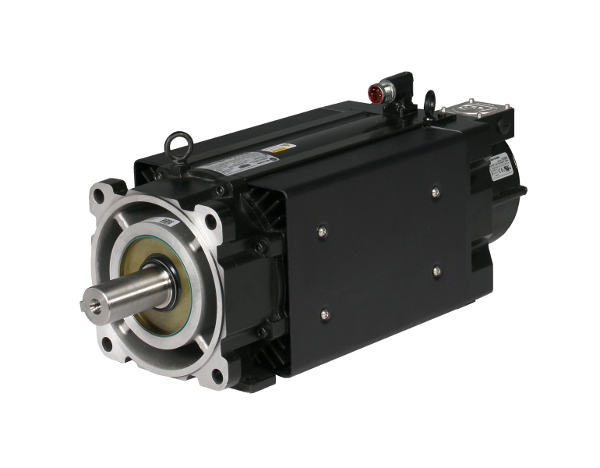

|
Edward Lowton
Editor |


|
New servo motor from Rockwell Automation improves machine performance
21 April 2017
Kinetix VPC servo motor helps improve productivity and efficiency in continuous-duty applications.

Speed is money, especially for manufacturers with processes, such as converting, printing and web handling. With the new line of Allen Bradley Kinetix VPC servo motors from Rockwell Automation, manufacturers can run machines at higher speeds and higher torque, significantly improving machine throughput.
“The Kinetix VPC servo motor provides high continuous torque at high speeds over long periods of time,” said David Rajala, product manager, Rockwell Automation. “Its interior, permanent magnets allow for field weakening, which reduces electromagnetic resistance so a machine can carry loads continuously and well above motor-rated speeds. This allows manufacturers to keep web lines and winders running at high speeds and constant power.”
A cooling fan and cooling fins on the motor provide increased torque and power output. In addition, encoder options with improved resolution and accuracy provide more precise and responsive control, which is especially valuable for the printing industry.
The Kinetix VPC servo motor also helps reduce machine downtime in multiple ways. It uses larger, more robust bearings to improve L10 bearing life by up to 60 percent. An optional single cable for power and feedback helps reduce installation, setup and maintenance time compared to dual-cable motors. In addition, a quick-change fan is field-replaceable, which helps maintain maximum machine uptime.
The new motor line meets or exceeds IE4 efficiency ratings, which can save energy costs compared to using an IE3 or lower-rated motor. When used with the Kinetix 5700 servo drive, the Kinetix VPC servo motor can also help manufacturers use less current than with larger, more energy-intensive motor and drive solutions.
Rockwell Automation designed an integrated foot-mount option for the Kinetix VPC motor, which provides an alternative to the traditional, flange-mount method. This is beneficial in many applications where foot mounting is preferred.
- No related articles listed

















